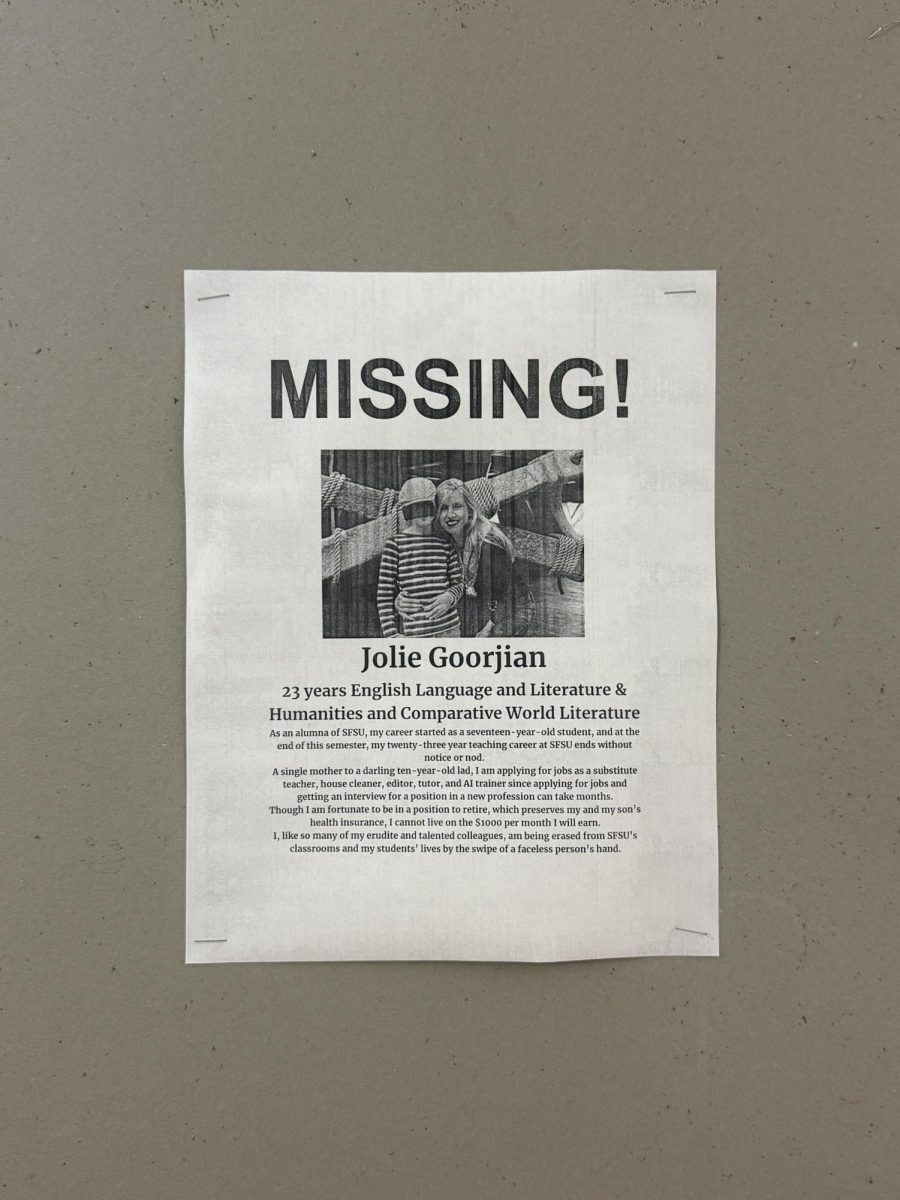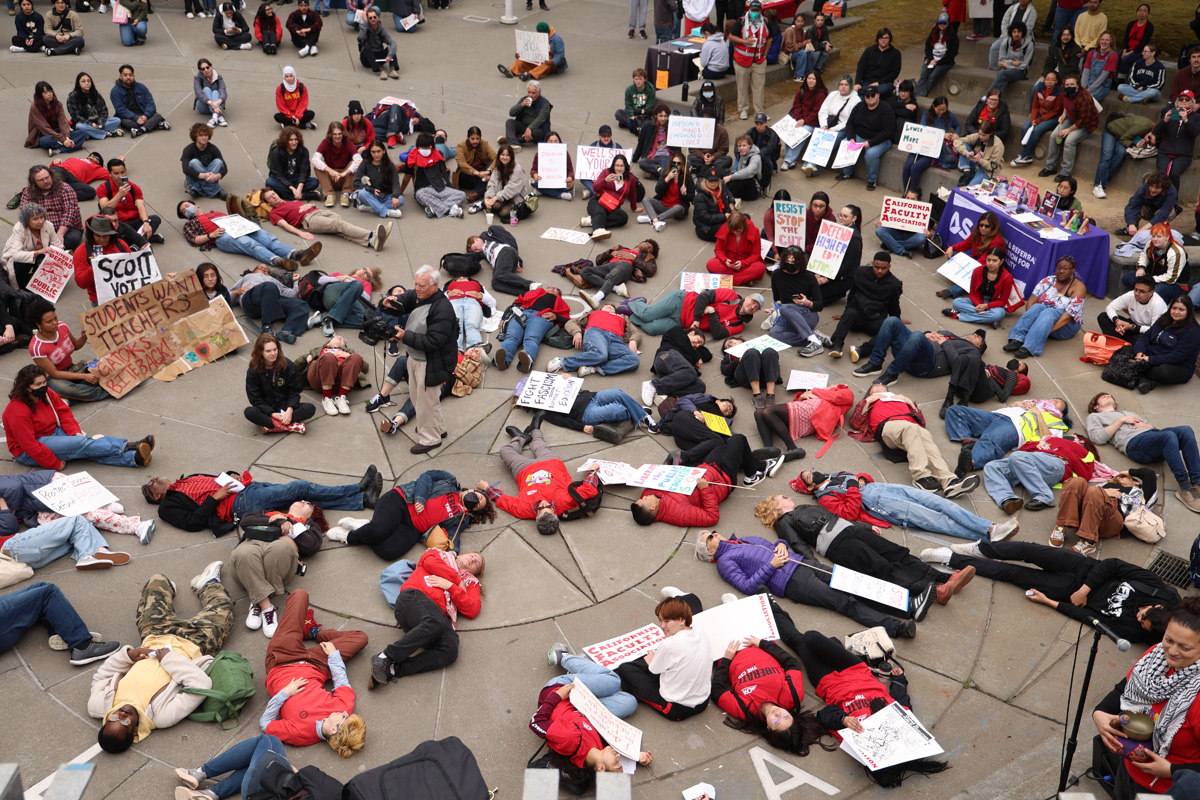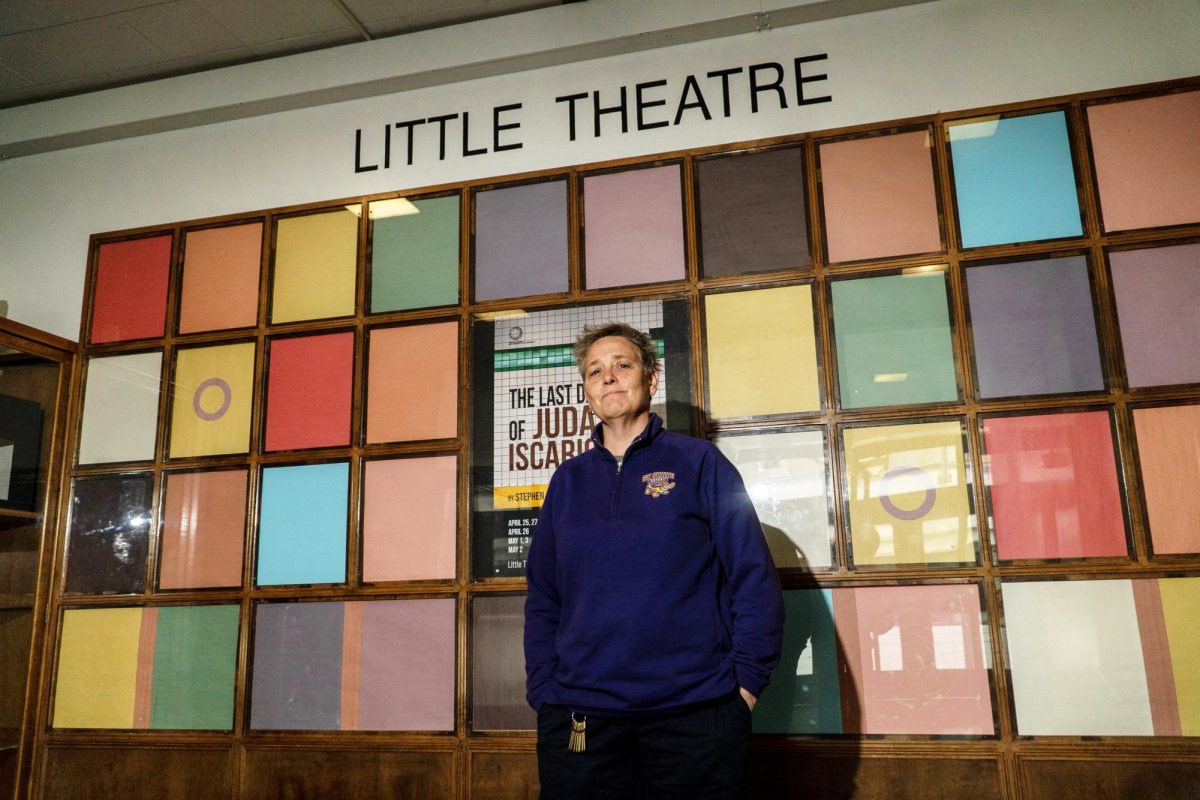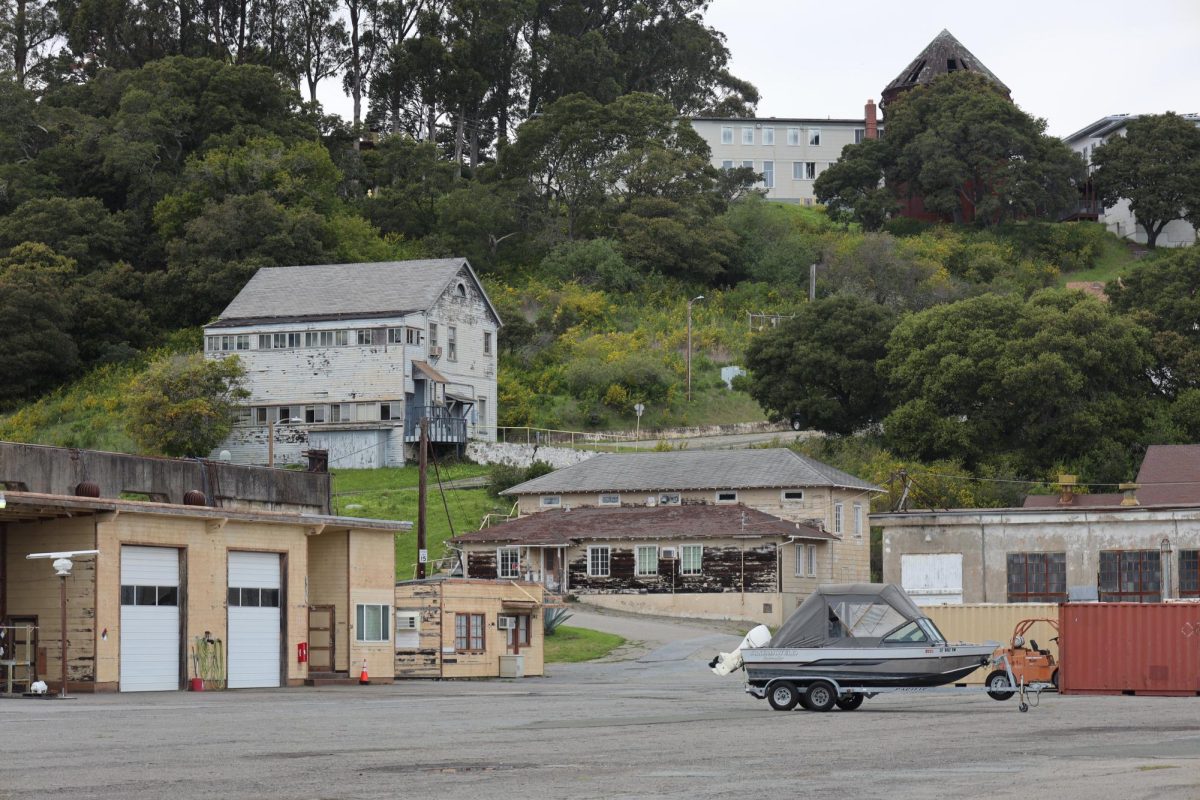Always wanting to be an educator, economics department chair Michael Bar started teaching college courses in 1996. He became chair of the economics department in 2023, 18 years after initially coming to SF State as an assistant professor.
Around the time he became chair, Bar started comparing compensation and workload for faculty in his department to similar departments; He came to the conclusion that his department has been, and is being, discriminated against.
For decades, the economics department has offered introductory courses to economics in large class sizes.
According to the CSU Faculty Policy and Procedures, 40 students is the expected limit per class for classes that fall in the C-2 category. This is not the case for the Economics Department: “We are forced to teach 80 [students], twice the benchmark,” Bar said.
But the problem doesn’t end there.
He states that multiple faculty members were supposed to get additional compensation for taking on the equivalent of another full class section, but never got it.
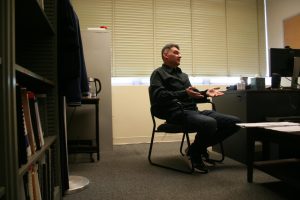
Current administrative practices around increased class sizes may not be sustainable for the future and could affect the quality of teaching across the university.
According to Carleen Mandolfo, the associate provost for Faculty Affairs, to avoid layoffs, tenured and tenure-track faculty have been asked to “make sure that they are teaching as many students as they possibly can, within a reasonable number.”
Since a significant source of the university’s income is produced through tuition and course fees, increasing class sizes seems like one of the only ways forward in the budget crisis.
“Faculty in departments that have a lot of students — like psychology, biology — they’re stepping up and teaching large sections,” Mandolfo said. “That has a positive impact on our budget challenges.”
She emphasized that the current 3:3 faculty courseload, where faculty teach three courses in both the fall and spring semesters, is “increasingly unsustainable” as the university’s overall enrollment is in decline.
In order to reach a level of student enrollment that is financially sustainable, Mandolfo says the administration has reached out to some faculty, suggesting they teach a fourth section.
While larger sections have a positive impact on the university’s budget, the surge in workload for professors has mounting negative effects on their morale and mental well-being. Professors are bearing the brunt of budget cuts through larger class sizes and heavier workloads.
A 2022 study published by the UCLA Center for the Transformation of Schools and the California Teachers Association found that out of those surveyed, one in five are considering leaving the profession within the next three years: most experience burnout from stress and are affected by the political and ideological attacks on teaching institutions.
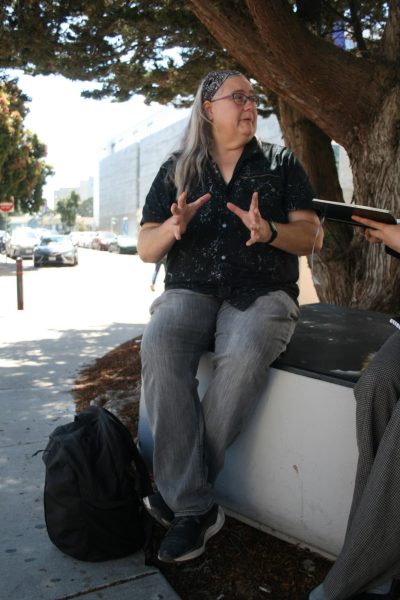
Amy Kilgard, professor and former chair of the communication studies department, has worked at SF State for 22 years.
“This is the highest level of burnout I have seen in the 20 plus years I’ve been here,” Kilgard said. “We can’t actually operate and offer high quality education and continue to increase class sizes.”
Kilgard says staff are having to do more work with less resources. “I think that’s been the mantra,” she said, “do more with less.”
This sentiment is shared across multiple departments that were interviewed.
Juliana van Olphen directs the Public Health department, one of many writing-intensive majors at the university. She is also a former director of Writing Across the Curriculum at SF State. In her former position, van Olphen supported new and returning instructors who taught the Graduate Writing Assessment Requirement course, which is a required writing-intensive class curated to each major’s discipline.
In Spring 2024, van Olphen sat on the Institutional Review Committee. According to Olphen, the IRC recommended increasing GWAR class capacities to 30 seats, saying it would save the university money. Van Olphen was one of the IRC members who voted against the increase; she was outvoted.
She understands that it is time intensive to really spend a lot of one-on-one time with students, but having 30 students “would make it impossible” for professors to provide quality assistance.
Many faculty, like John Logan head of the labor and employment studies department, understand the difficulty of managing an educational institution with insufficient state funding.
“I think the administration is sort of dealing with so many crises,” Logan said. “Simultaneously that it’s just overstretched and it can’t cope with all the different roles people expect it to play.”
During times of crises, there’s a tendency within the administration to “batten down the hatches and just make the tough decisions,” shares Logan. He believes this is wrong, and results in worse decision-making and lower faculty morale. He says there’s a sense among faculty members that administrative processes are “top-down.” (Logan, 19:58)
Logan emphasized the importance of the administration supporting professors’ commitment to the university by ensuring their morale is sustained.
Multiple professors expressed that serving the student body and upholding the social justice values listed on the school’s website drives their passion to teach at SF State. Some criticized university administration for not upholding the same values.
“The purpose of the administration is to teach,” Logan said. “We’re supposed to be a university with a bureaucracy attached. We’re not supposed to be a bureaucracy with a university attached.”


